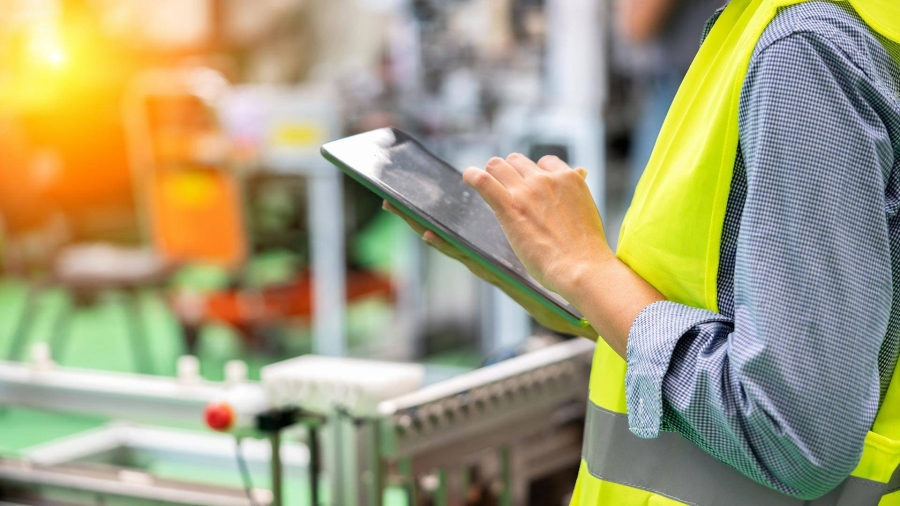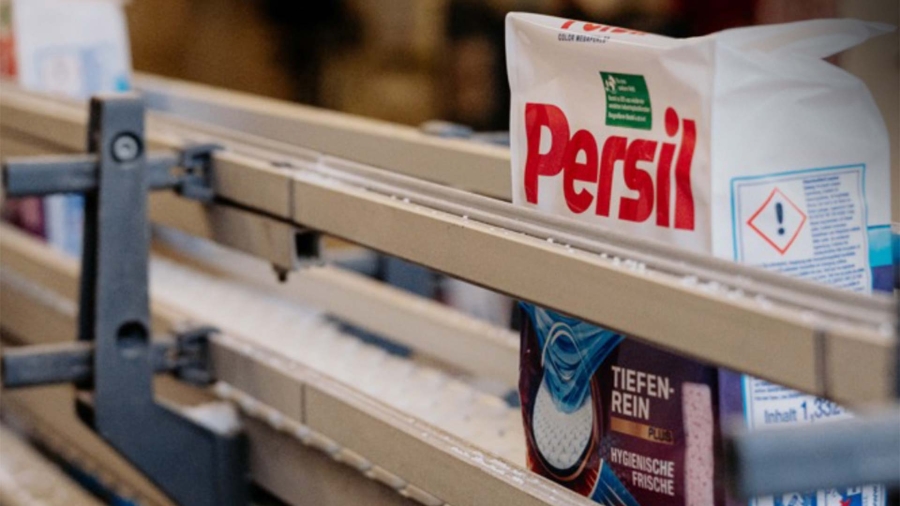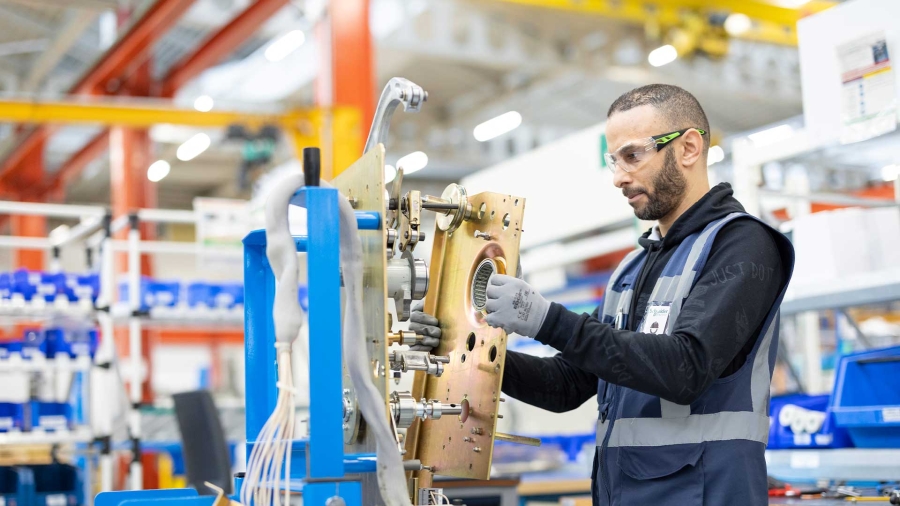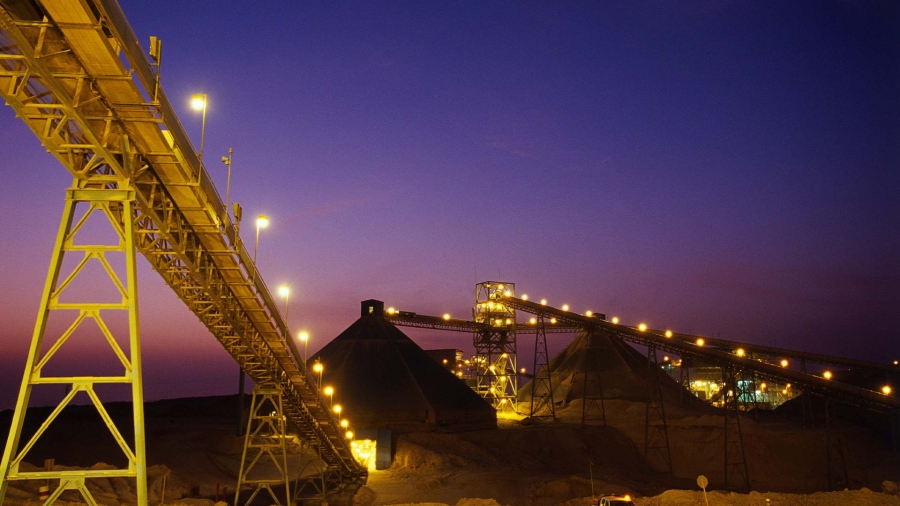Improving industrial production and efficiency with advanced automation and robots—or what we now call Fourth Industrial Revolution technologies—promises smarter operations, stronger business outcomes and could help preserve the planet.
The post-COVID economy’s volatile market demands emphasize the value of achieving a sustainable competitive advantage for the future of advanced manufacturing. This means reshaping industries for greater productivity and flexibility, getting rid of waste from the value chain and pushing technologies for better process control and resource management.
The industrial decarbonization challenge we face is immense. The IEA’s sustainable development scenario establishes realistic conditions to reach the UN’s energy-related sustainable development goals—that is, promote access to energy, reduce air pollution and tackle climate change. To meet these goals, industry emissions must drop 1.2% each year to put us on net-zero pathways by 2030. Greater energy efficiency, increased uptake of renewable fuels and lower-carbon processes will be critical.
It all seems overwhelming. Yet if we take small but decisive steps while thinking big and scaling fast, a greener industrial future is within our grasp. Reducing the size of the issue by optimizing energy use while systematically improving process and resource efficiency will transform operations and deliver low carbon outcomes.














